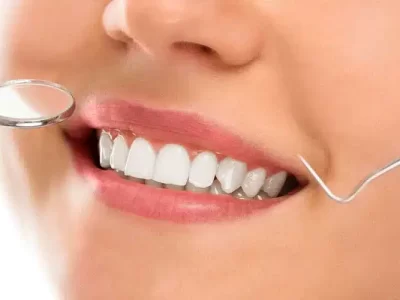So, you are thinking about braces? Good for you! Straight teeth are not just limited to good looks but also help to improve your speech, chewing and biting.
Braces are available in different types, so it is tough to find out which one is right for you. Let’s discuss the working mechanism of braces and their different types in detail.
How braces actually work?
Braces are designed to give your teeth a gentle and persistent pressure. It slowly guides a stubborn puppy without yanking but moving it steadily in the right direction.
Braces have these little brackets that stick to your teeth, and a wire runs through them. This wire is like the lease for your teeth.
As your orthodontist from Geist Orthodontics clinic tightens the wire, a small force is applied encouraging your teeth to shift into the right direction.
The Indianapolis, patients say good things about the clinic and the staff. The expert and experienced orthodontist offer high quality orthodontic treatment in a fun and caring environment.
Different types of braces
Braces are available in variety of types – from classic look to almost invisible. Let’s look into each one in detail.
Metal braces
- Metal braces are strong and durable.
- The stainless steel braces designed to correct not just mild and moderate but even serious orthodontic problems
- They are relatively easy to adjust and affordable.
If you are concerned about appearance of metal braces you can choose to have a tooth colored brackets and rubber band instead of the silver ones.
Ceramic braces
Ceramic braces are made from tooth-colored material.
- They are hard to spot.
- They are gentler on your mouth compared to metal braces
- They are not as tough as their metal counterparts. They are fragile and need repairs often, so not the best choice for everyone.
- The price tag is bigger
- Ceramic material gets stained over time, so you have to be extra careful with what you eat or drink.
Lingual braces
Lingual braces are attached to your teeth on the tongue-side, so are not visible when you talk or smile. But here is the catch – they are expensive than regular braces.
Besides getting used to them is a little challenging. They can irritate your tongue and it is hard to maintain oral hygiene.
Invisalign
Both braces and invisalign help teeth to grow up straight but the approach is different.
- Braces use metal wires to gently move your teeth into place.
- On the other hand, invisalign uses a series of clear plastic aligners that you swap out every few weeks. The cool thing is almost nobody can even tell you are wearing them.
The downside is invisalign can be suitable for teeth that need a little nudge in the right direction but if the case is severe metal braces are better.
With invisalign you have to wear them all the time – discipline is crucial. If you always take them out, it takes longer to get that perfect smile.
Which is the best method depends on how crooked your teeth are and your preference. Braces are a bit of hassle in the start but results are totally worth it!













Comments